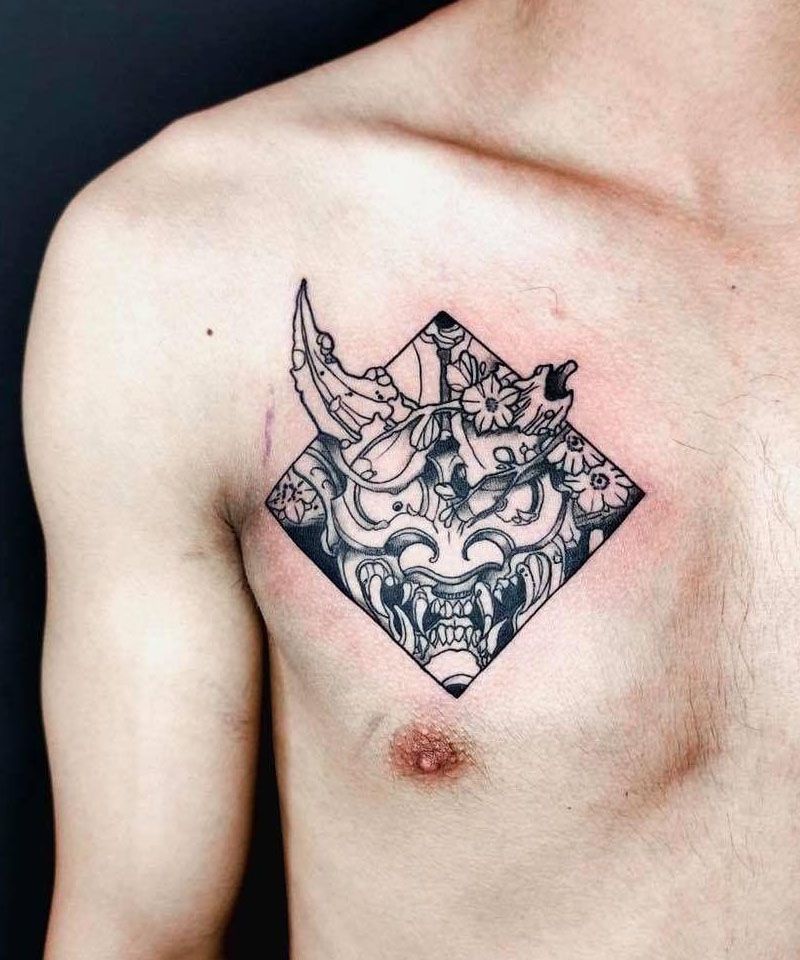Kabuki is a traditional form of drama performance in Japan, Formed in the Edo Dynasty in the 17th century, it is very popular among urban residents. At first, there were both male and female actors, but later the performance of actresses was banned. This restriction has been retained so far, so now all kabuki performances are male actors. The male actor who specializes in playing female roles is called onnagata, they come from a typical professional family. The two protagonists are "aragoto" (hard style) and "wagoto" (soft style).
Kabuki performances are mostly about historical events and moral conflicts in love relationships. The actor speaks with a simple rhyme, accompanied by traditional Japanese musical instruments. The stage is equipped with many facilities, such as rotating stage and trap door, through which actors can enter or enter. The special feature of Kabuki stage is that there is a pedestrian bridge extending out to the audience.
Important features of Kabuki include: unique music, costumes, stage settings and props, as well as retaining repertoire, speaking and performance style. For example, "Mie", that is, the actor uses a special posture to shape the character's character characteristics; "kesho", that is, a special appearance, which makes it easy for those who are not familiar with this art to recognize that this is Kabuki performance.
After 1868, influenced by western culture, kabuki actors tried to improve their reputation in the upper society in order to adapt the traditional style to the tastes of modern people. Today, kabuki has become the most popular form of traditional drama performance in Japan. Kabuki celebrities often appear on TV or in movies. The declaration distinguishes between "performance with traditional style and trend" and "general local community performance". The former form is mainly mentioned here.

Source: @pinkcoils.tattoo